Review – Opel Astra & Grandland GSe (2023) – More than a label?
Opel GSe review
The acronym “GSE” is not new. Indeed, originally the three letters stand for “Grand Sport Einspritzung” and the letter combination first appeared on the Commodore and later on the Monza. So now it has a different meaning, also the capital ‘E’ in the abbreviation had to give way to a small ‘e’. The Opel Astra and Grandland lead the way for the GSe label. For now these are plug-in hybrids, but in the future Opel will also launch electric GSe models.
How do you recognize an Opel GSe?
The route from the airport to the hotel was accounted for by the Astra GSe hatchback. It also comes as a Sports Tourer. Stepping into the Astra GSe, the sport seats with integrated headrests and GSe logos first catch your eye. These are AGR-certified, meaning your back will simply remain intact even on long rides. They are indeed quite comfortable. The dashboard view is familiar from the regular Astra. For the GSe, Opel did not change anything else about it. That’s a bit of a shame; even a few simple logos would have helped make it feel more special.
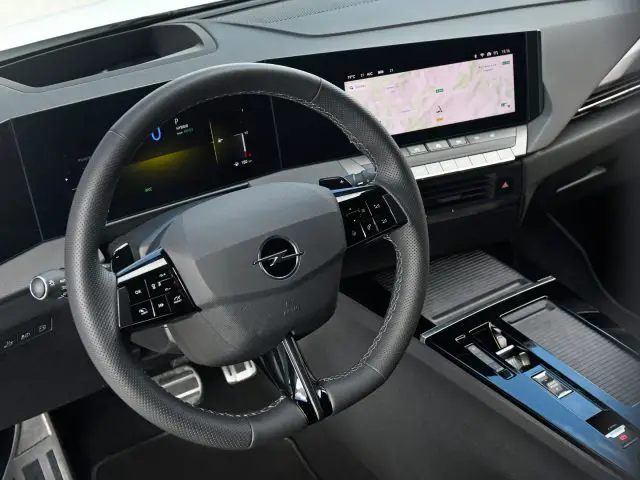

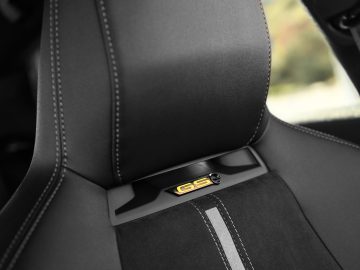
On the outside of the Astra, fortunately, the distinction is greater. There are black inserts in the front bumper that optically enlarge the “air intakes” – fake, unfortunately. Furthermore, the Astra GSe can be identified by 18-inch “Diamond Cut” wheels, a black roof, black side mirror caps and a GSe logo on the trunk lid. Also, the Astra GSe is 10 mm closer to the asphalt than the regular Astra and has special dampers from Koni. The latter element is proving to be the biggest game changer in practice.

Courtesy of Koni
Under the hood of the Astra GSe is the 225 hp and 360 Nm plug-in hybrid powertrain from Stellantis’ racks. That powertrain consists of a 180-hp 1.6 four-cylinder turbo engine and a 110-hp electric motor on the front axle. The system power of 225 hp is released to the front wheels via an eight-speed automatic transmission. In the bottom of the Astra GSe is a battery with a capacity of 12.4 kWh, good for an all-electric range of about 64 kilometers. The sprint to 100 km/h is completed in 7.5 seconds and the top speed is 235 km/h. In all-electric driving mode, you can drive up to 135 mph.
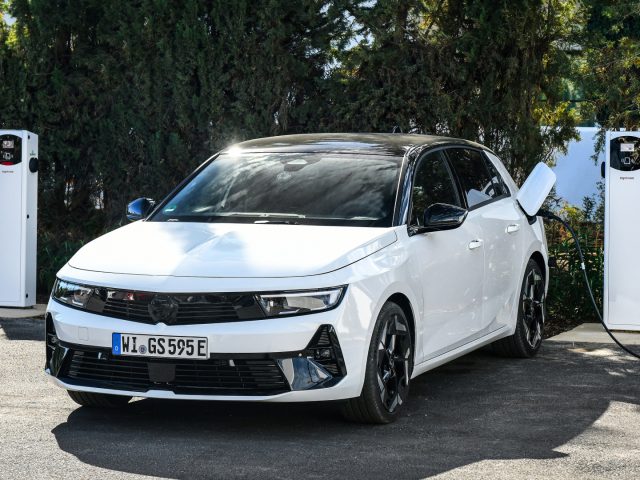


The powertrain is not new or specific to the Astra GSe, the chassis is. The adaptive Koni dampers are a world of difference from not only the standard Astra, but also the Peugeot 308 HYbrid. You really notice that the Astra GSe is a lot more stable on the road and can be steered much harder into a corner thanks to the modified suspension. Also, without being irritatingly harsh, the suspension communicates much better exactly what is happening on the road. By the way, the test cars in Málaga were on Michelin Primacy tires; if they have really good sports tires underneath, the results should be even better.

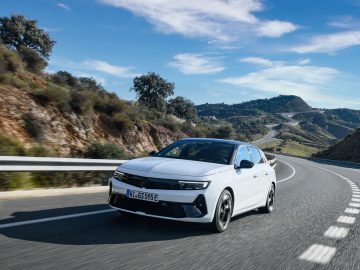
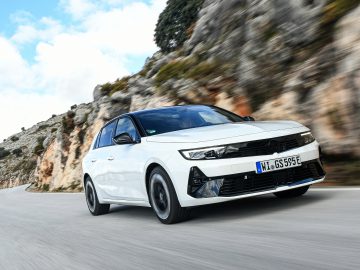
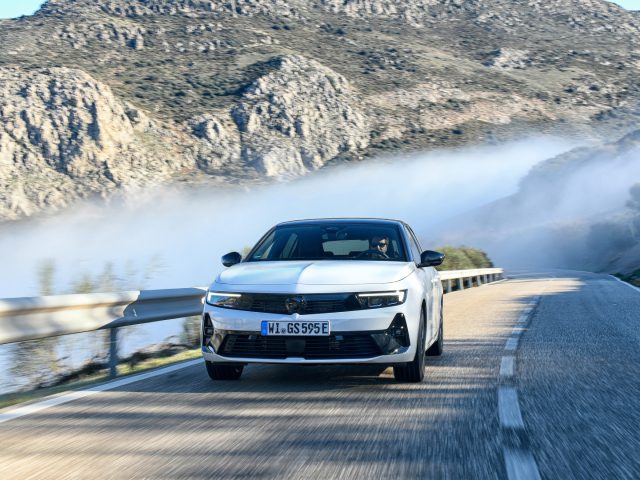

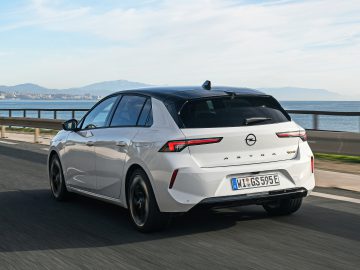
Gearbox with a will of its own
Compliments on the chassis, then, but there are also some downsides to the Astra GSe. Thus, Opel says that the steering has also been tweaked, and although the steering has become a bit more direct, you still notice that it is not the most communicative steering. Most irritating, however, is the gearbox. Not because of the way it shifts – as it does that very well and almost imperceptibly – but mainly because you have no control over when it shifts. Yes, there are flippers behind the wheel, but there’s no point in getting started with them. In fact, the transmission has no real manual mode, so it simply shifts up or down after holding the gear for a few seconds. For a car with a sporty disposition, this is not ideal.
Grandland GSe as top model
Above the Astra GSe is the Grandland GSe. The Grandland GSe has an additional electric motor on the rear axle and thus all-wheel drive. At 300 hp and 520 Nm of torque, the system output is a bit higher than that of the Astra GSe. Incidentally, this plug-in hybrid powertrain is not new to the Grandland: in fact, it was already in the earlier plug-in hybrid Grandland Hybrid4. We know that there is also a 360-hp version of this powertrain, still a shame that the Grandland GSe did not get it.
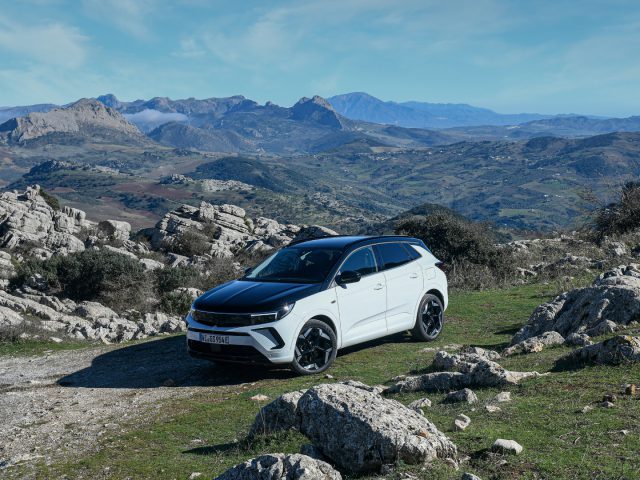
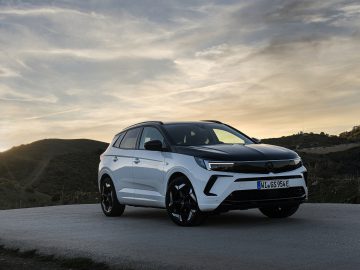
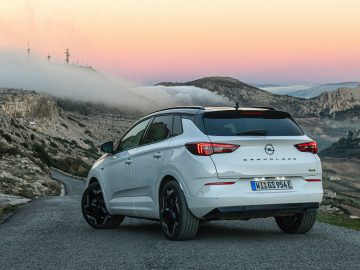
Then again, with 300 hp, we shouldn’t really whine either. The Grandland GSe sprints from standstill to 100 km/h in 6.1 seconds and, like the Astra, tops out at 235 km/h. At 14.2 kWh, the Grandland’s battery is slightly larger than the Astra’s power supply, but its electric range is about the same.
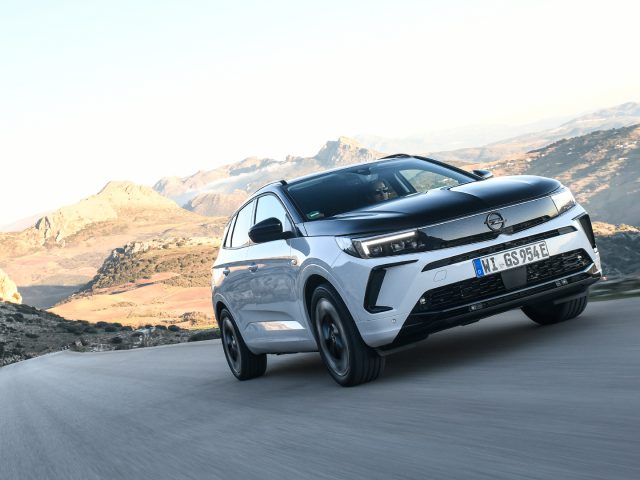

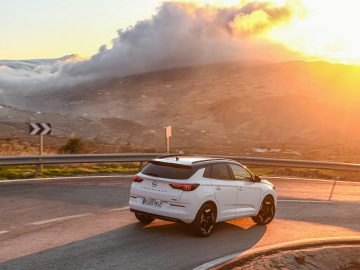
In terms of exterior modifications, the Grandland GSe follows the same recipe as the Astra GSe. The test cars have a black and white configuration, with the Grandland you can additionally order an optional black hood. There are two additional “air intakes” in the front bumper, and the Grandland GSe also has a subtle rear diffuser on top. In the interior, the seats have GSe logos, but unfortunately the modifications end there. As in the Astra, the interior of the Grandland GSe could have been a lot more distinctive.
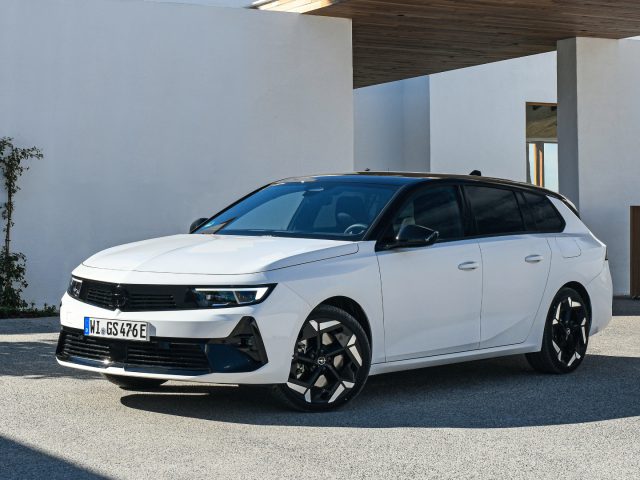
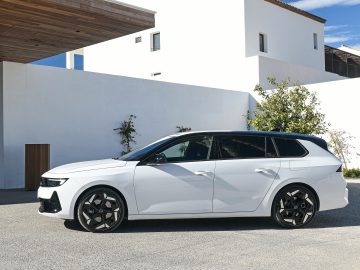
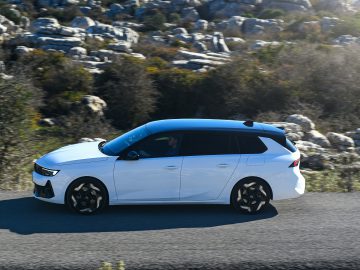
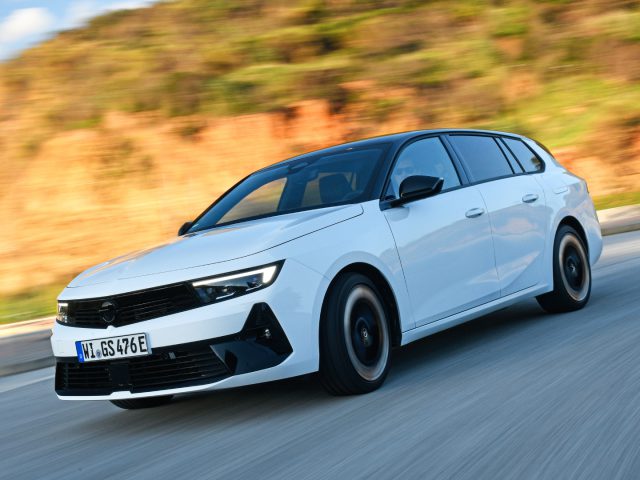
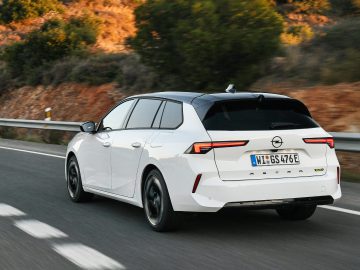
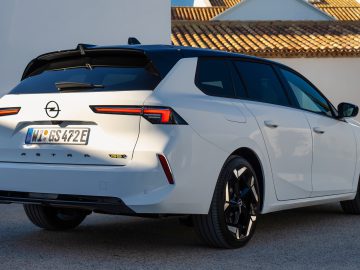
In the hills around Málaga, the Grandland GSe feels significantly sportier than the Grandland we already knew. Again, this is mainly due to the suspension and Koni dampers, not so much to the steering.
Opel Astra GSe and Grandland GSe prices
The Opel Astra GSe costs a minimum of 49,499 euros. That’s not exactly cheap; a Golf GTE, for example, has a lower starting price. On the other hand, the Astra GSe has quite a rich standard equipment from the outset. That includes the digital instrument cluster and 10-inch touchscreen, all GSE-specific items, a 360-degree parking camera, seat and steering wheel heaters and adaptive cruise control. So the Astra GSe is not a prize catcher, but you immediately get an enormously well-equipped car in return. The price of the Astra Sports Tourer GSe is not yet known.
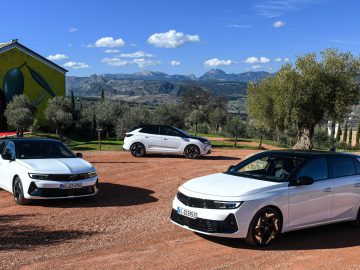

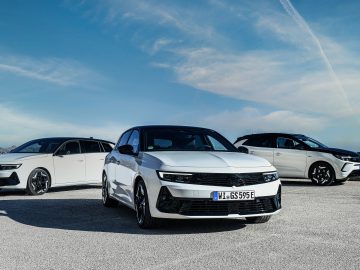
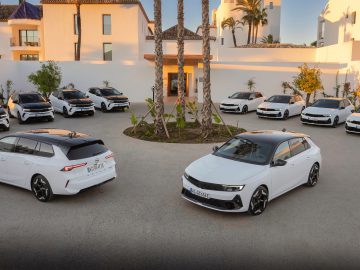
Relatively speaking, with a starting price of 55,999 euros, the Grandland GSe is not even that much more expensive than the Astra GSe. GSe-specific items are also standard for the Grandland GSe, with the exception of the black hood. Furthermore, the Grandland GSe’s equipment is similar to that of the Astra GSe.
Conclusion Opel GSe
As hardcore as the OPC label, “GSe” will not be. The Astra and Grandland GSe exhibit noticeably sportier handling than the regular versions, but are not extremely hardcore. That does make the GSe’s very suitable for daily use. Opel is dwelling on the brand’s heritage with the introduction of the GSe label, but is directly showing the direction it wants to take in the future. The Astra and Grandland GSe are a good start to that.

